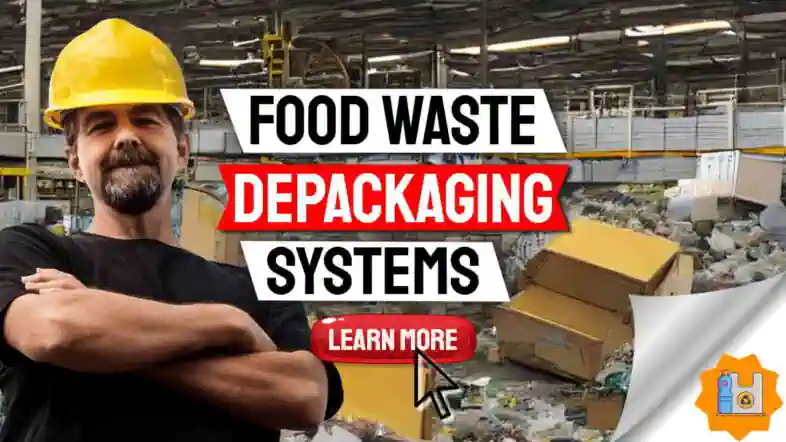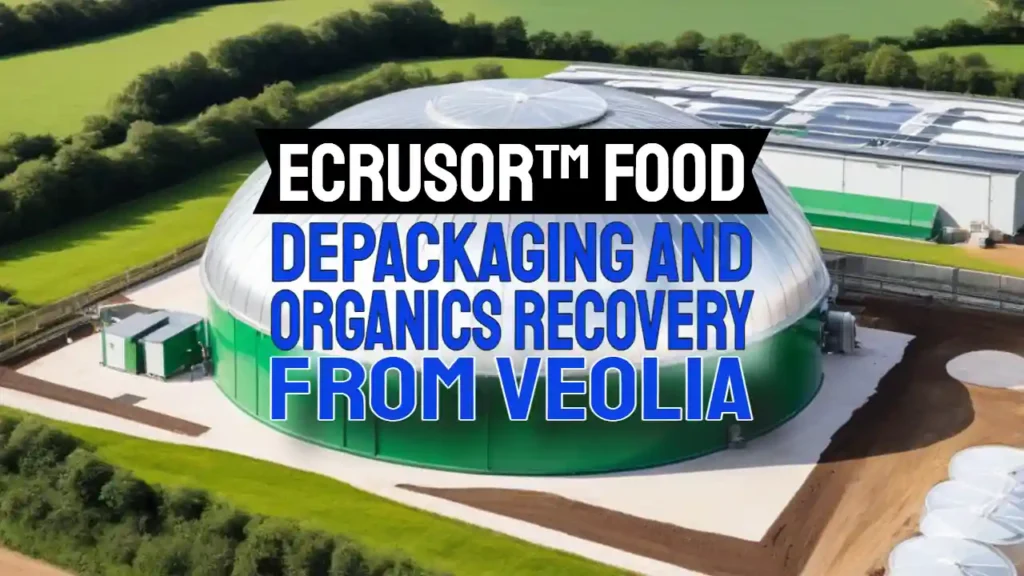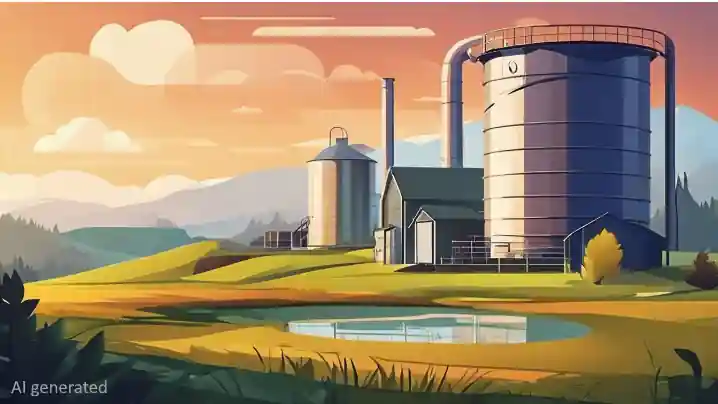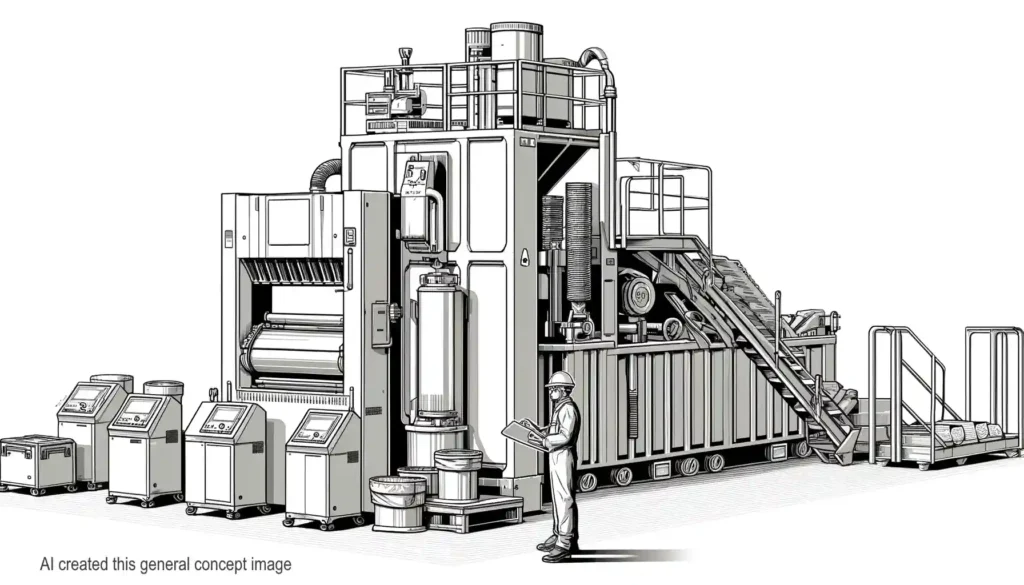Depackaging machines are an essential piece of equipment for any business that deals with food waste. Depackaging machines allow businesses to recycle and reuse food waste by removing packaging materials from food products and out-of-date or simply just out-of-specification spoilt food.
3 Steps Toward Organic Waste Sustainability
These machines are providing 3 steps toward Organic Waste Sustainability:
- Avoiding the natural uncontrolled rotting process which more often than not produces climate warming methane which is a very damaging greenhouse gas.
- Allowing the recycling of materials reduces the demand for new resources to be extracted from the ground or from nature in some other way.
- enabling the extraction of energy from the organic content (e.g. food waste).
Depackaging machines come in a variety of sizes and types, depending on the business’s needs. The most common core component of many depackaging machine models is a rotary depackager spindle, to which is attached a variety of tools, such as blades, and paddles that rotate to open each bag and package separate packaging materials from food products or more generally organic materials.
Why Buy a Depackaging Machine?

If your business produces a lot of food waste, a depackaging machine can help you reduce your environmental impact and save money on waste disposal costs. Contact a waste management company to learn more about depackaging machines and how they can benefit your business.
Designed to separate packaging materials from content, Depackaging machines are used for depackaging food waste in organic waste recycling plants. “Tiger” is the brand name of one company that is a manufacturer of this machinery. It offers a solution for processing packaging materials, ensuring compliance with the highest environmental standards.
The Tiger machinery offers a combination of shredder and screening, resulting in close to contaminant-free organics for disposal to anaerobic digestion facilities and composting. It is ideal for food manufacturers, food service operators, and municipalities. It is a versatile machine for processing food waste in anaerobic digestion plants, composting facilities, or for the recycling of plastic bags.
The Latest Depackagers
A good food waste de-packaging system can be the perfect solution for processing expired packaged food waste. It can be incorporated into anaerobic digestion plants, composting plants, or as an integrated part of an organic waste treatment plant. It is used to process organic waste and separate processed and plastic packaging.
It is offered by some manufacturers as a mobile solution that is ideal for depackaging food waste for small businesses such as restaurants. Its versatility makes it suitable for processing expired packaged foodstuffs, including milk, fruit, meat, and fish. It is designed to be compact and simple to use, making it ideal for mobile applications.
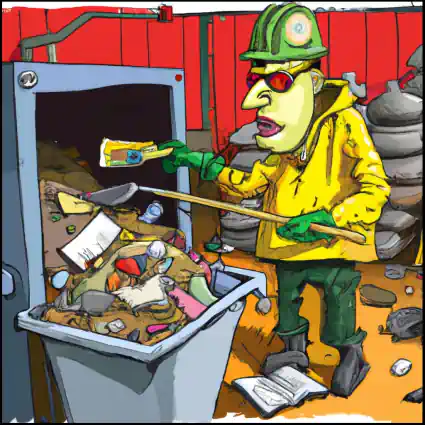
The latest depackager machines can be operated manually or automatically, depending on the application. Some have a large touchscreen panel, which allows users to easily manage the machine’s main parameters such as power, motor strain, and loading speed. Moreover, the most sophisticated have integrated sensors, which monitor motor strain and enable users to set the machine to run at the speed that is optimal for the process. The software also allows the user to manage the proportion of liquids added to the process.
The Tiger HS 640 is a depackaging machine that includes a vertical mill and punch-plate screen. It is also suitable for cleaning non-food materials such as paper. The machine is powered by a 60-hp motor. It can handle 40 cubic yards of material per hour.
It has a package-lacerating feed screw auger and bolt-on paddles for ease of replacement. The reject stream is extracted by an auger screw, and is lifted to the top of the mill.
The Tiger HS 640 has a stainless steel hopper and a vertical mill with a punch-plate screen. It is suitable for the depackaging of food waste, non-food materials, and oversized screened materials. It can also be used for processing organic waste for use in biogas production installations. In effect, it can be used in anaerobic digestion feedstock slurry.
Depackage Machines Article Summary
Depackaging machines are used to remove all types of packaging from organic waste. They are also used to recycle the organic fraction of urban solid waste. This technology offers lower operating costs per ton, as well as compliance with government legislation. These machines have a low energy consumption, as well as maximum connectivity. This allows the machine to operate easily within production lines.
Depackaging machines are also used to separate plastic from packaging, and to treat paper mill pulper waste. They are useful in organic waste treatment machinery, such as composting plants, and in the biogas production cycle. Any good depackager is easy to use, quick, and able to process expired packaged foodstuffs, including milk, fruits, meat, and fish.
Discover more from IPPTS Depackaging Equipment Insights
Subscribe to get the latest posts sent to your email.


